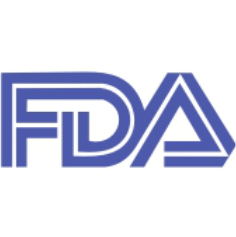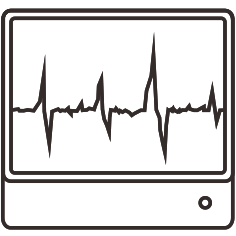Find out more about service
Contact us
Medical Devices Testing
Biocompatibility Testing For FDA
HTW Lab has a full range of capabilities for biocompatibility testing in accordance with ISO 10993 (Biological Evaluation of Medical Devices). Talk to our experts about the biocompatibility testing for non-active medical devices such as personal protective equipment(PPE), disposable medical products, dental materials and surgical instruments.
Medical Device Testing
HTW Lab can guide you through the testing process step by step for your medical device products, and help you meet regulatory standards for global market access.
Cytotoxicity Testing
The cytotoxicity test is designed to evaluate the general toxicity of medical devices and materials. Testing involves extracting devices in a cell culture media and then exposing the extract fluid to mouse fibroblast cells (L929). The cells are allowed to grow in the extract fluid for a specified amount of time before the cells are evaluated using either qualitative or quantitative methods. The test is performed on all medical devices with patient contact, raw materials, and devices undergoing a cleaning validation or residual manufacturing.
Bioburden Testing
HTW helps manufacturers enumerate the population of viable microorganisms in medical devices for effective validation and control of sterilisation process.
For a sterilisation process to be effective on a newly manufactured pharmaceutical product or medical device, manufacturers must be aware of the number, properties and characteristics of microorganisms that occur in the products naturally or while going through the production process. This is a crucial step prior to setting sterilisation parameters such as dosing, temperature etc. to ensure that the process is effective and the product safe when used. The purpose of bioburden testing is to enumerate the quantity of viable microorganisms on a pharmaceutical product, medical device, component, raw material, or package before sterilisation. Bioburden testing is also an important indicator of problems in the production process which could lead to product recalls later.
Personal Protective Equipment (PPE) Testing
Personal protective equipment (PPE) used in work environments as well as leisure activities must meet high quality standards to effectively ensure human safety. This makes it all the more important that protective shoes, clothing and gloves, sports helmets, and swimming aids meet regulatory requirements proving particular safety functions. Understanding and meeting the regulations relevant to your PPE products in all of your target markets can be especially difficult during a time of crisis. It requires both technical expertise and industry know-how to navigate regulatory complexities and bring your PPE products to market quickly.






